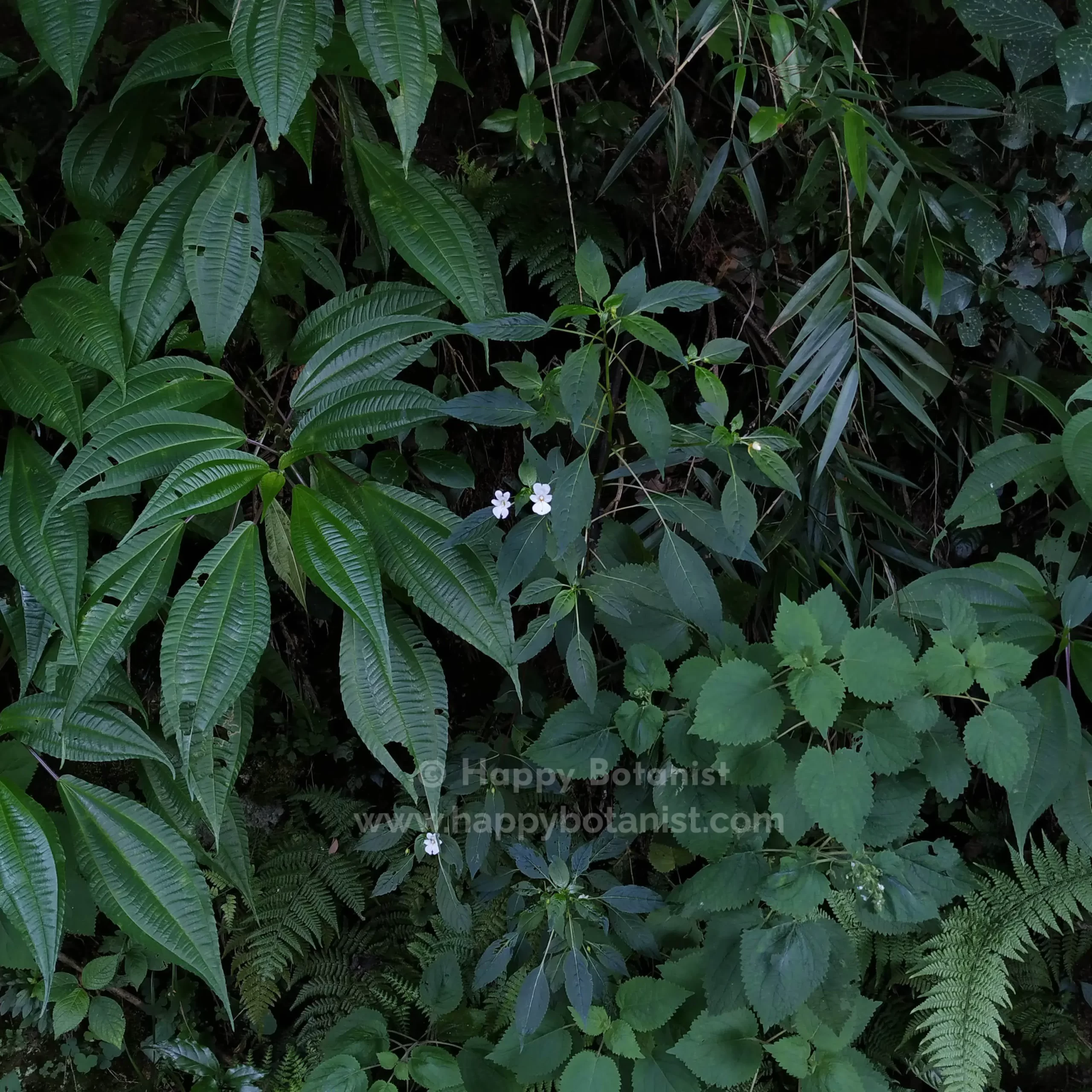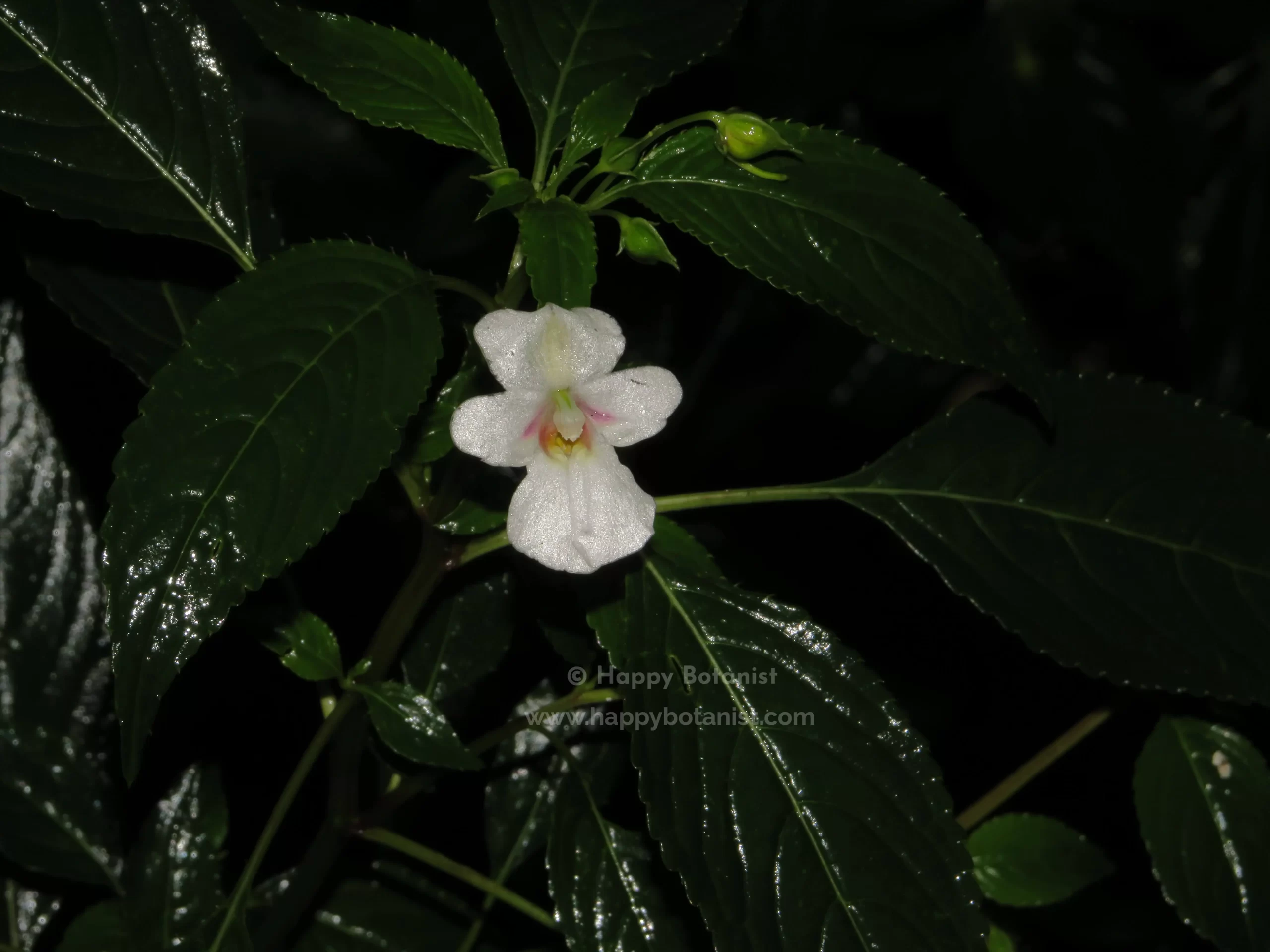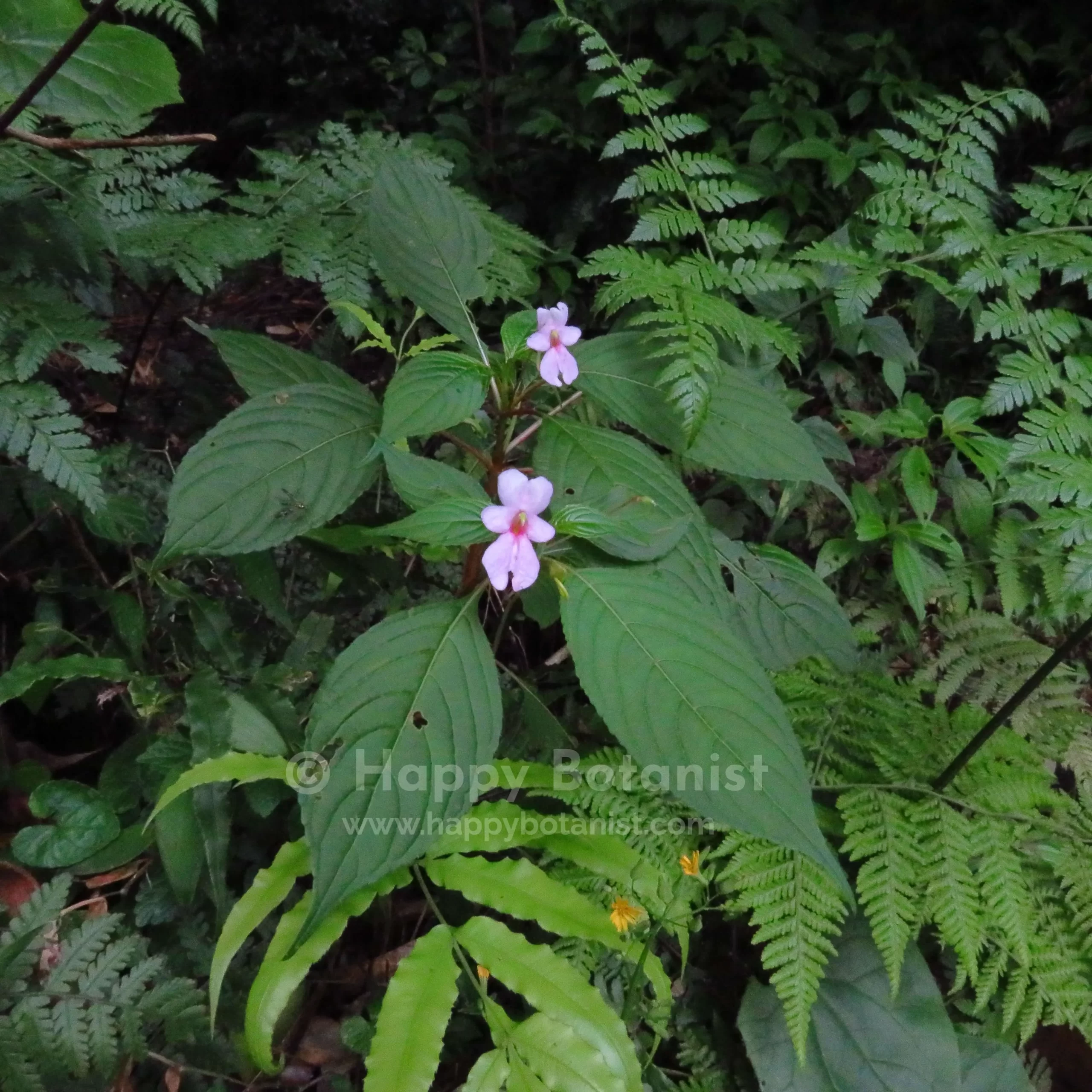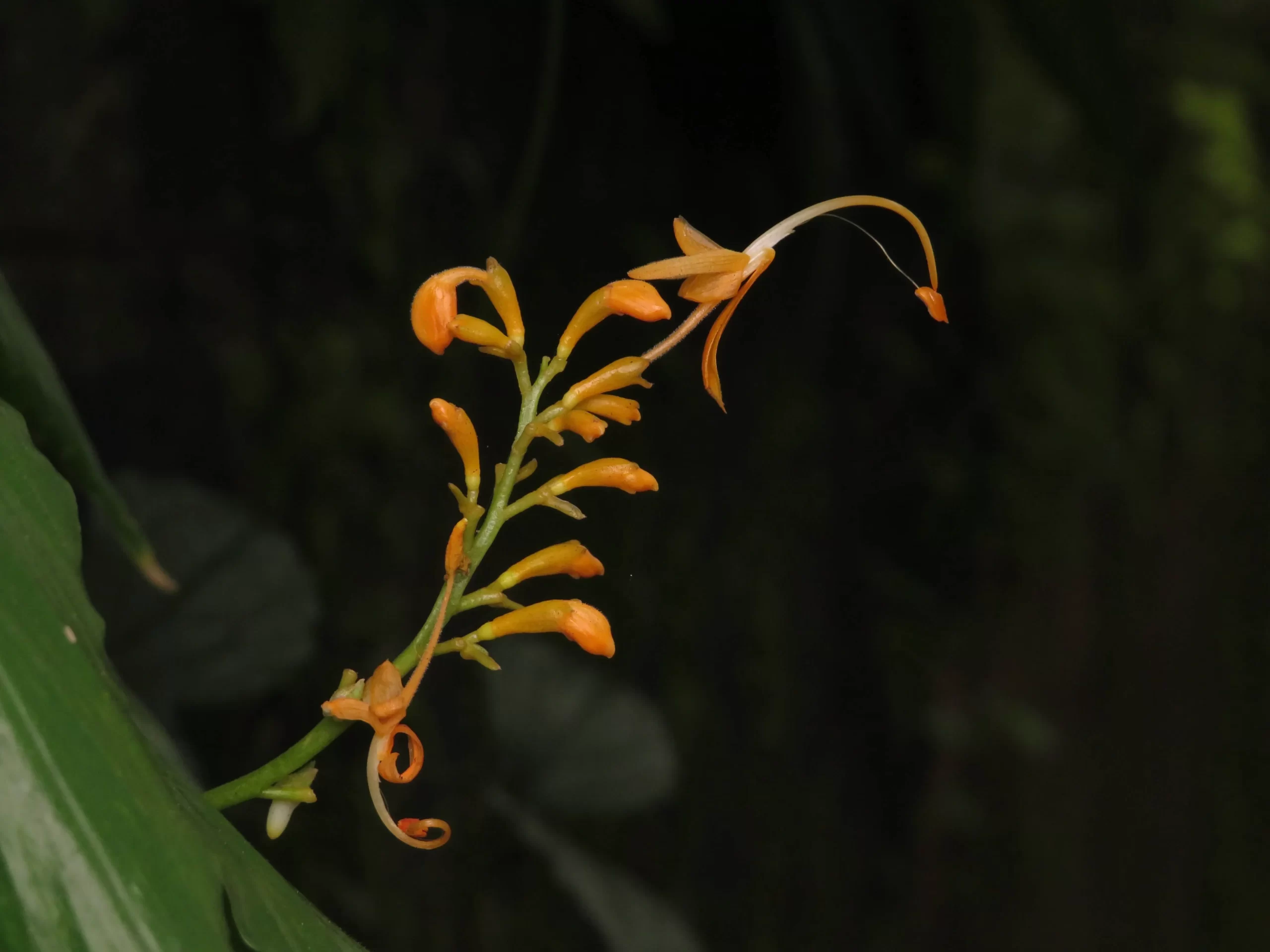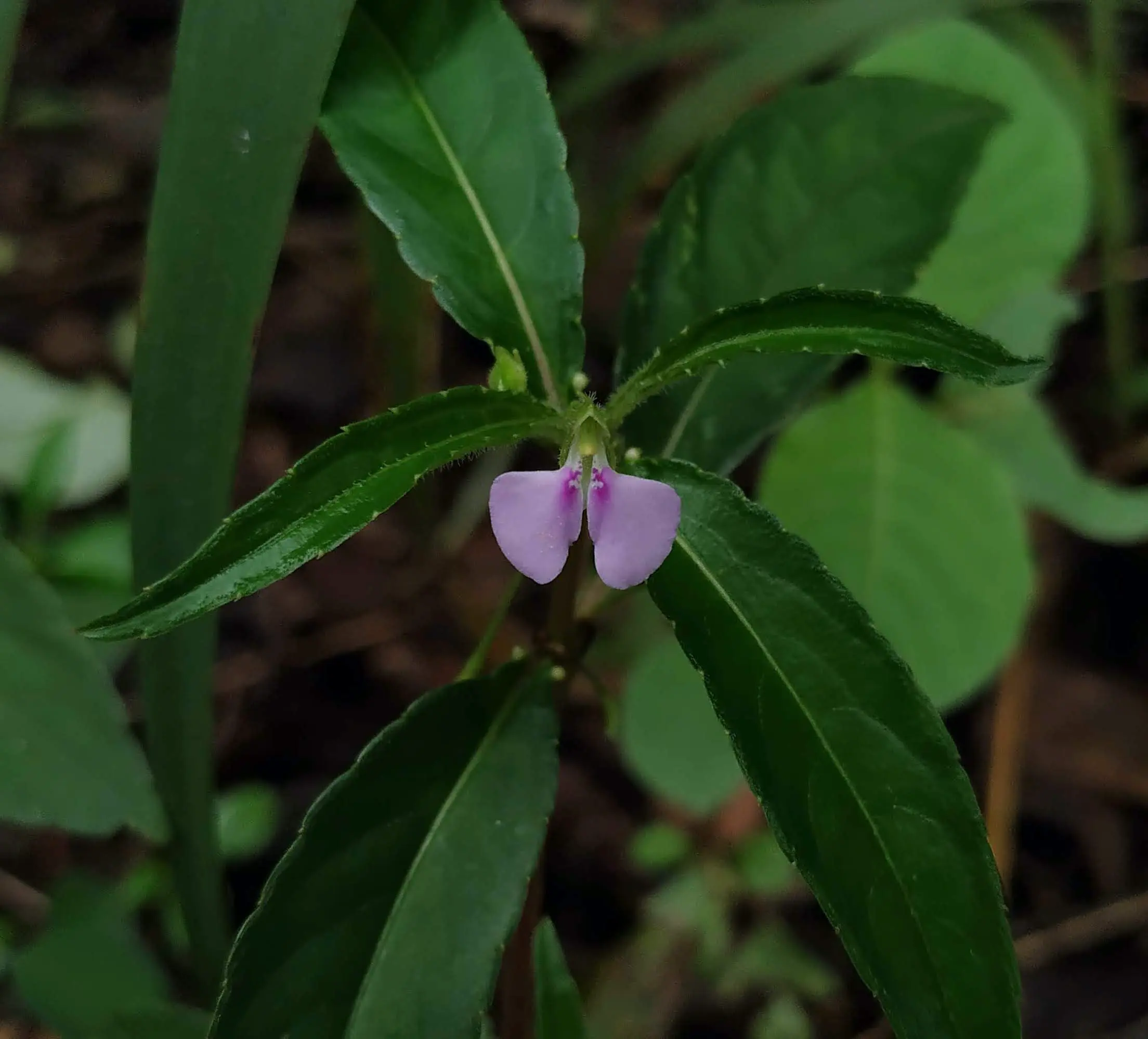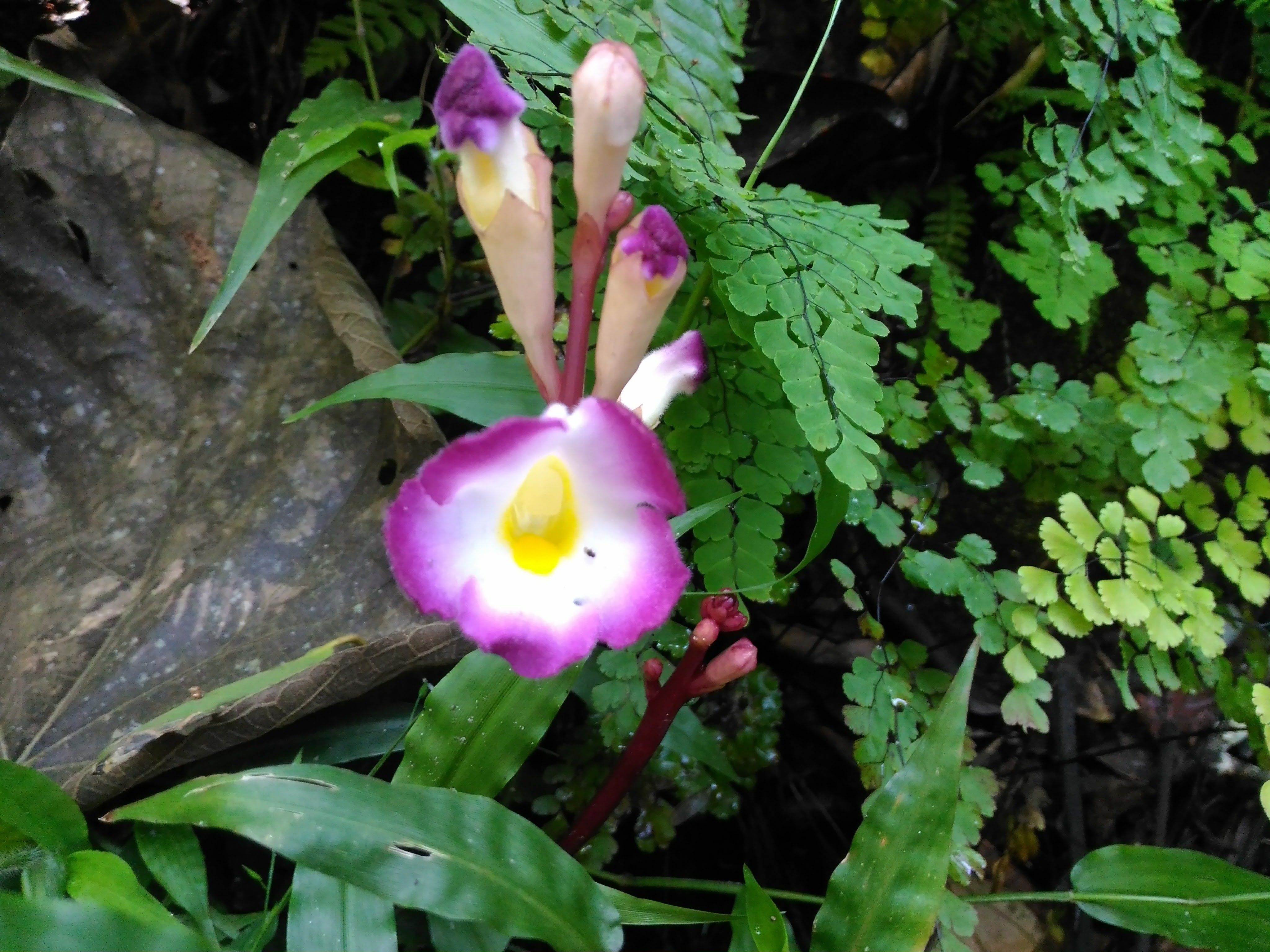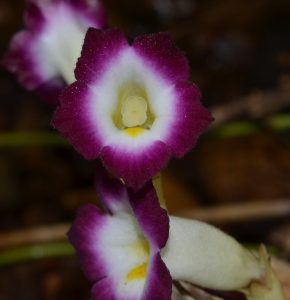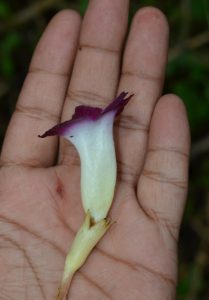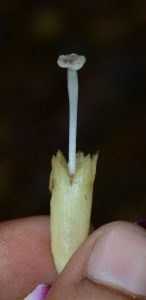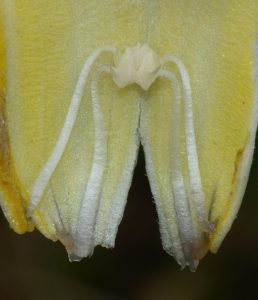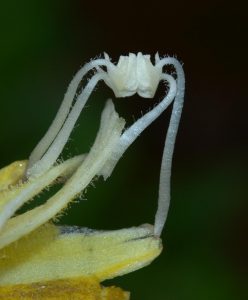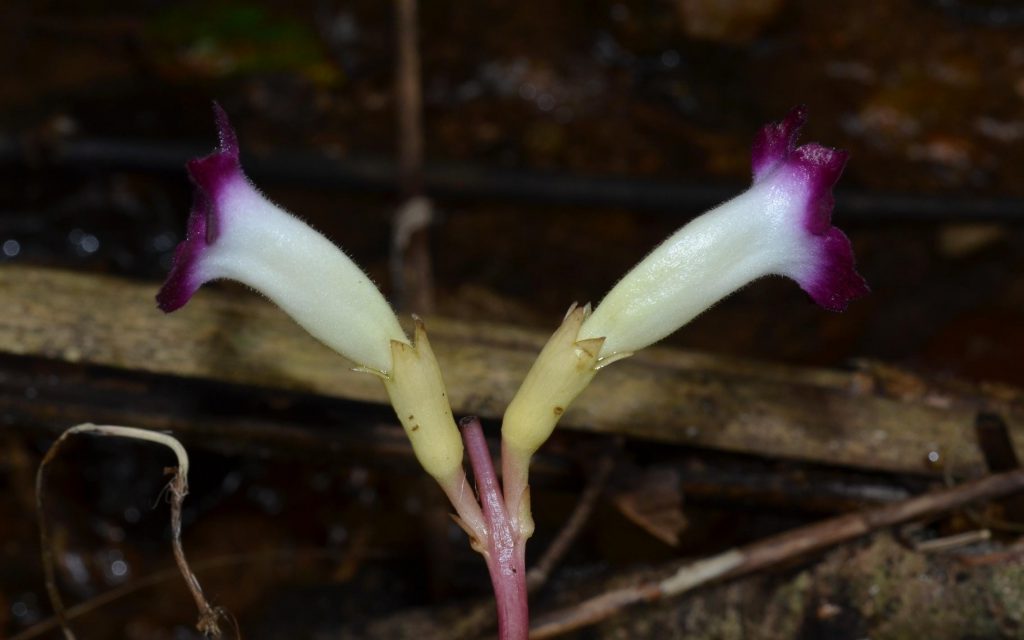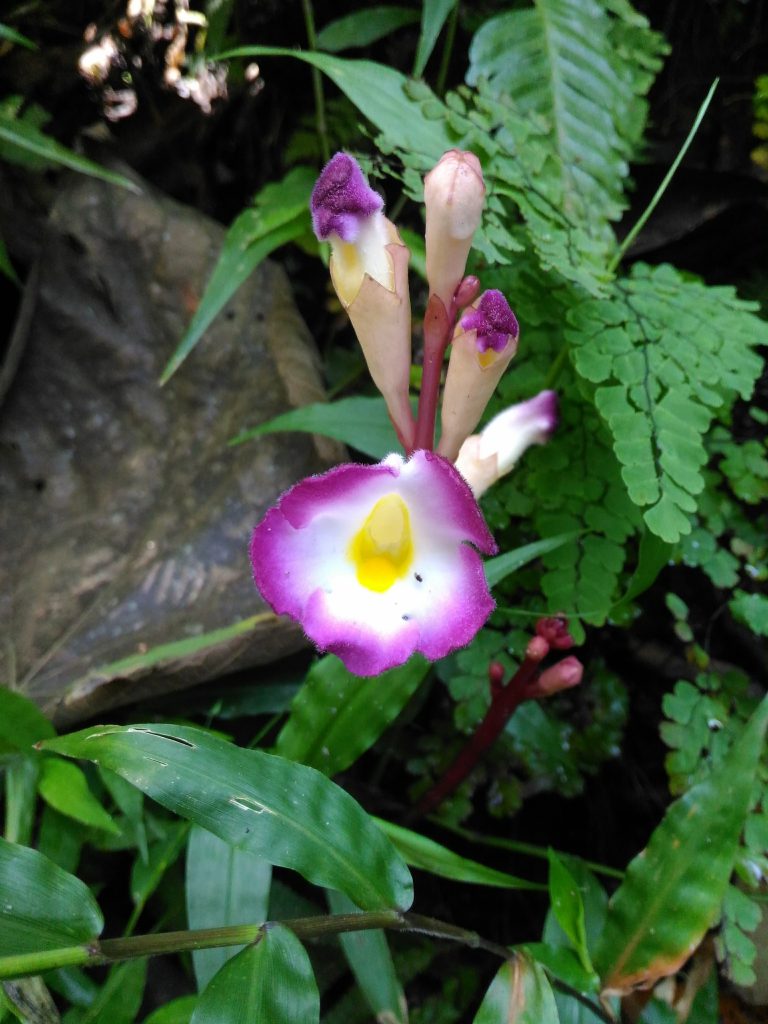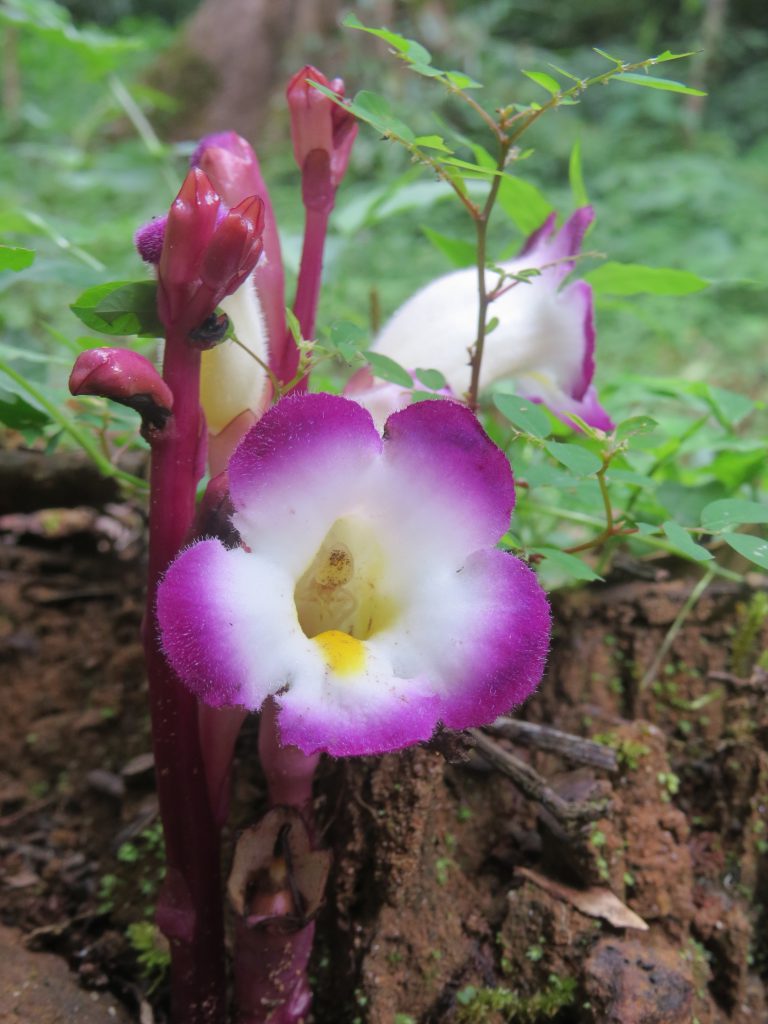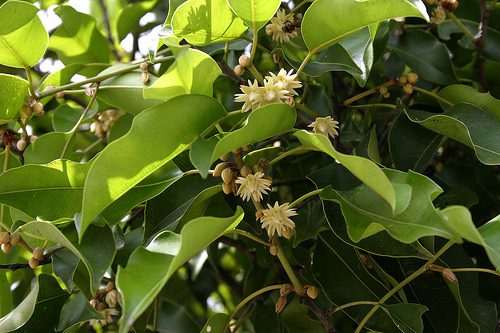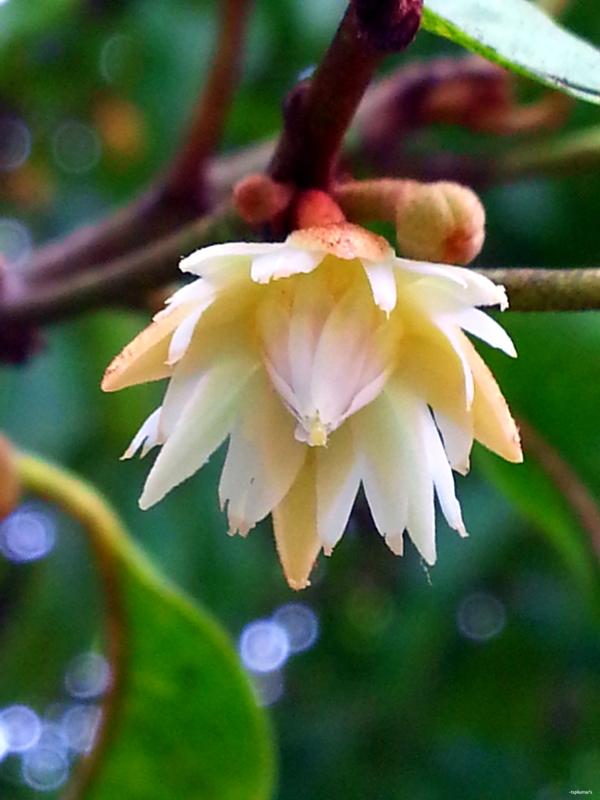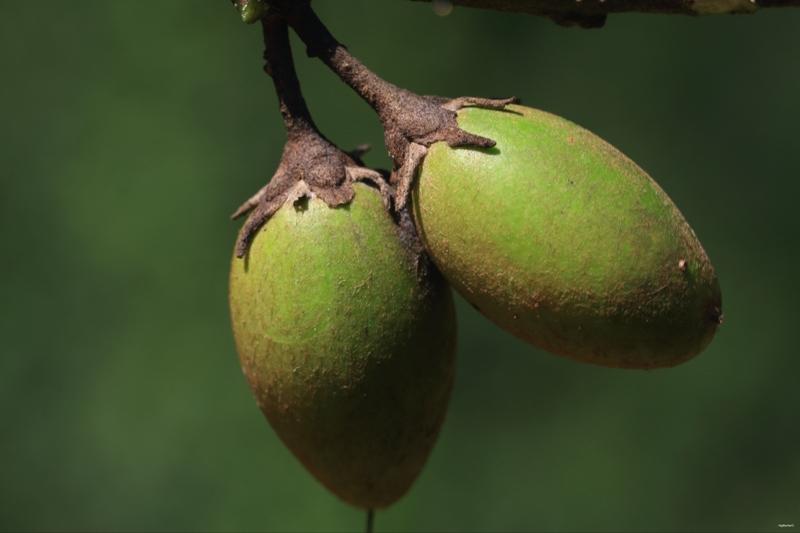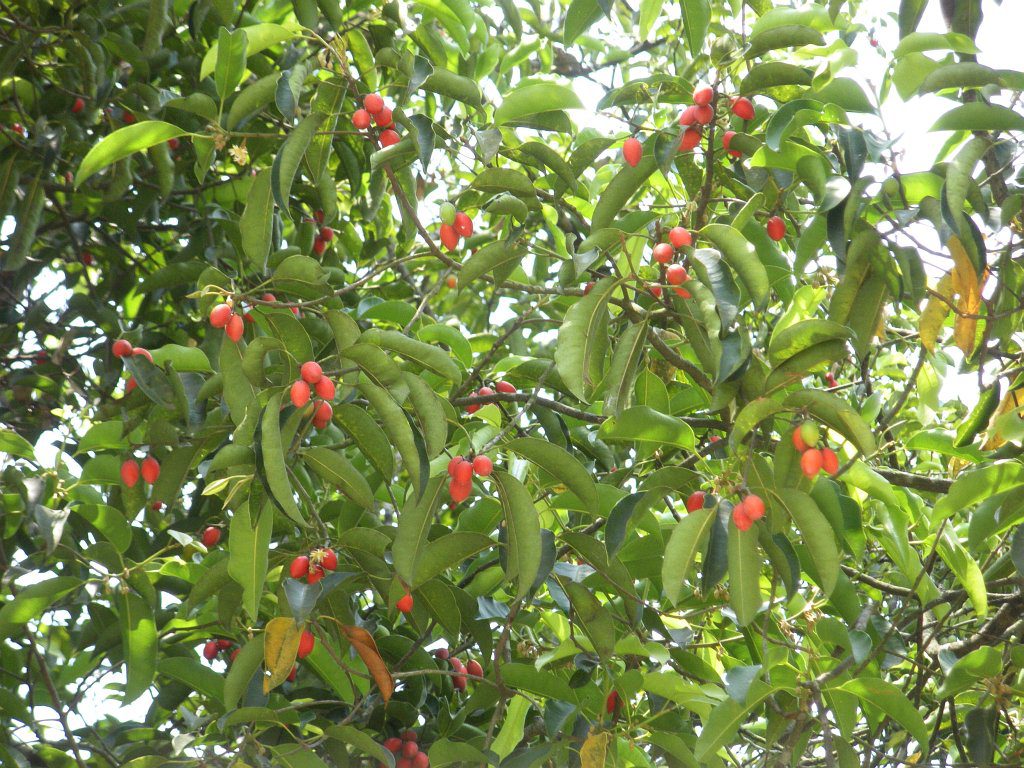Begonia picta
The Begonia picta is a true botanical marvel. This mesmerizing plant, also known as the “Painted-Leaf Begonia”, boasts an array of striking features that make it a favorite among plant enthusiasts and collectors.

This is my favourite Begonia species from the Western ghats…!😉

The species name ‘picta’ means ‘painted’ referring to the variegation on the leaves.

Painted Perfection – The leaves are medium-sized and asymmetrically shaped, featuring prominent veining and a striking color palette. The most common leaf coloration consists of dark green with silver-white specks and striking red undersides. This contrast is reminiscent of a living canvas splattered with paint, hence the name “Painted-Leaf Begonia.”

Leaf size can vary, but they are generally around 3-6 inches (7.5-15 cm) in length. There are two forms of leaf – One vareigated and another dark form – both of which can be seen below in one frame.

Begonia picta evolves as it grows. The colors and patterns on the leaves may intensify or change slightly as the plant matures, adding to the ever-evolving beauty of this natural artwork.

While Begonia picta is primarily valued for its leaves, it does produce small, inconspicuous flowers. The flowers are typically pink or white and appear on slender stems above the foliage. Although the foliage is striking, the flowers are equally beautiful if you have the patience to take a closer look!



Closeup of the pollen sacs!

The female flowers are very beautiful. Notice the bulged ovary which is absent in the male flowers.



The leaves have a brilliant blue iridescent when light is incident on the correct angle. Below is the same population of Begonia picta photographed with and without turning the flash on. You can see how iridescent blue the leaves shimmer!


Begonia picta is a testament to the artistry of nature. It’s a reminder that we don’t have to look far to find inspiration; sometimes, all we need to do is observe the small, everyday wonders of the natural world. Each leaf of the Begonia picta is a stroke of nature’s brush, a masterpiece that endures and evolves, teaching us to appreciate the art that surrounds us in the simplest and most unexpected places.













